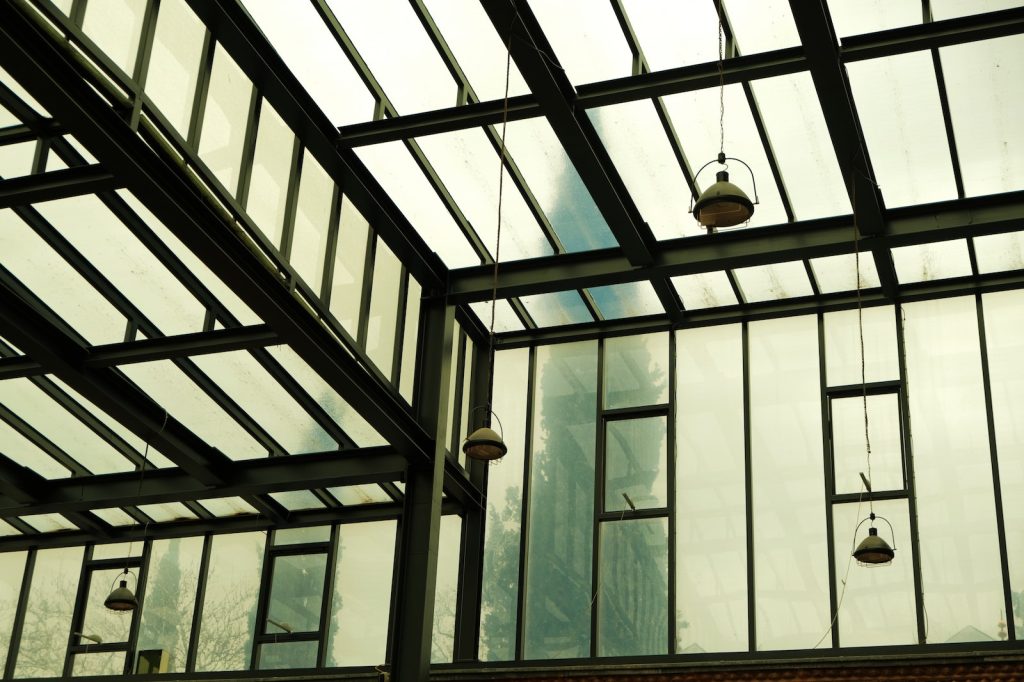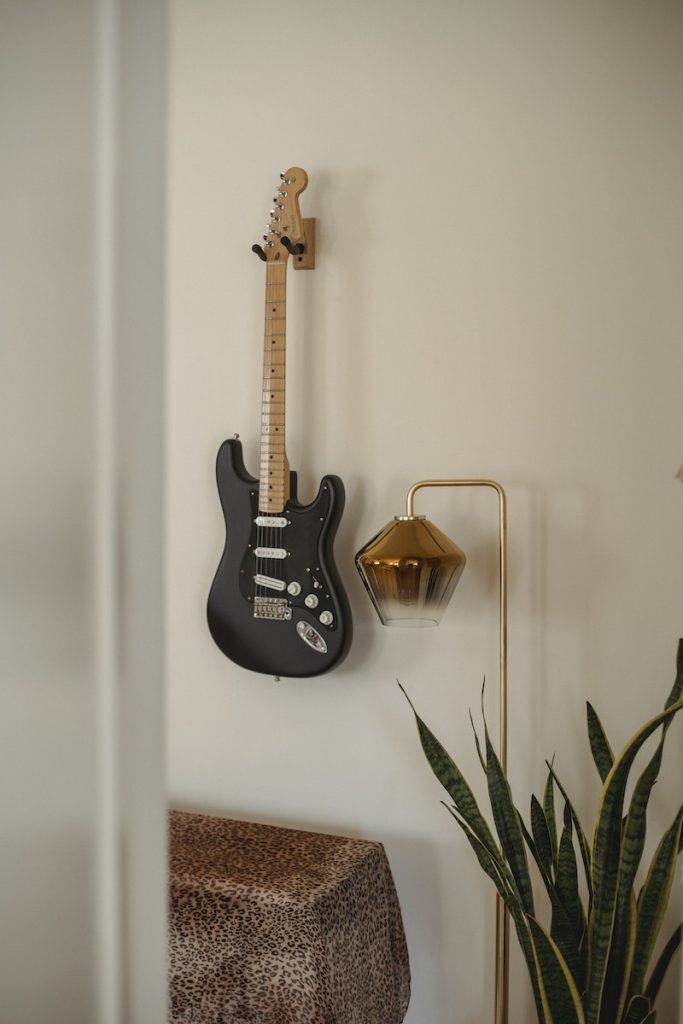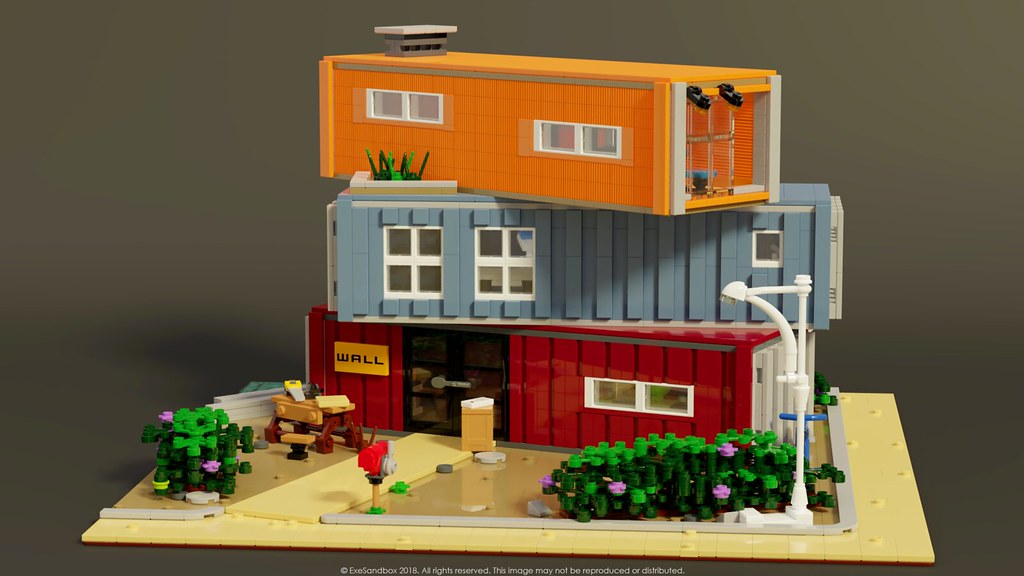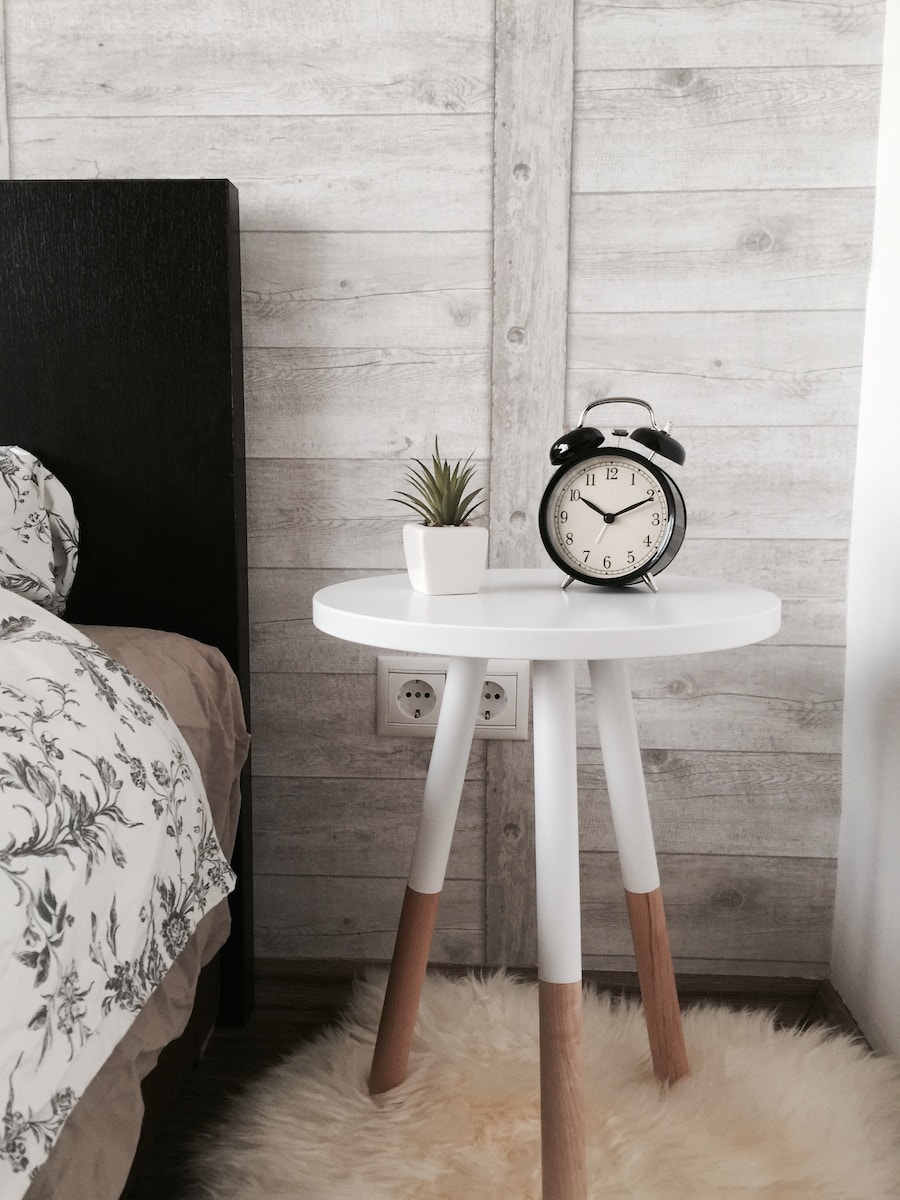By Emily Owens
Greetings, container home enthusiasts and fellow DIYers! If you’ve been following my container home journey over the past four years, you know that I’m all about transforming shipping containers into stylish, eco-friendly living spaces. While starting with a basic container home is fantastic, I’ve always believed that pushing the boundaries and incorporating advanced building techniques can take your project to the next level. In this article, we’re diving deep into the world of advanced container home construction, sharing tips, examples, and insights that will inspire your next DIY adventure.
Insulation Innovation: Spray Foam Mastery
One of the most critical aspects of container home construction is insulation. Traditional methods like fiberglass and rigid foam boards work well, but for those looking to achieve exceptional thermal performance and airtightness, spray foam insulation is the way to go. Spray foam insulation, typically made of polyurethane, expands to fill every nook and cranny, creating an excellent barrier against heat, cold, and moisture.
Example: Take inspiration from the “Foam Palace,” a container home project by DIYer Mark Johnson. He used closed-cell spray foam insulation to achieve an impressive R-value of 7 per inch, ensuring year-round comfort in his container home.
Green Roofs for Eco-Chic Living
Container homes are already eco-friendly by repurposing shipping containers, but why not take it a step further with a green roof? Green roofs are not only visually stunning but also provide natural insulation, improve air quality, and support local biodiversity. They also help manage rainwater runoff, reducing the strain on stormwater systems.
Example: The “Garden Oasis” container home designed by Sarah Adams features a lush green roof with a variety of native plants. The rooftop garden not only reduces energy consumption but also creates a peaceful oasis in the heart of the city.
Sustainable Solar Power Integration
Harnessing the power of the sun is a smart move for container home builders. Solar panels have become more affordable and efficient, making them an excellent addition to your DIY project. By generating your electricity, you can reduce your carbon footprint and enjoy energy independence.
Example: Tim and Lisa, a couple from California, designed their container home with solar panels integrated into the roof. They produce more electricity than they consume, earning them credits from the local utility company.
Innovative Windows and Doors
When it comes to natural light and ventilation, don’t settle for standard windows and doors. Explore innovative options like large sliding glass walls, clerestory windows, and energy-efficient designs. These not only enhance the aesthetics of your container home but also maximize the feeling of space and comfort.

Example: The “Sunset View Retreat” container home by architect James Morrison boasts floor-to-ceiling glass walls that open up to panoramic views of the surrounding landscape. This design blurs the lines between indoor and outdoor living.
Smart Home Technology Integration
Welcome to the future of container homes! Incorporating smart home technology can elevate your living experience. From automated climate control to voice-activated lighting, these systems add convenience, energy efficiency, and a touch of luxury to your DIY project.
Example: Alex and Emma, tech-savvy DIYers, equipped their container home with a smart home hub that allows them to control everything from their lights to their security cameras with a simple voice command.
Creative Exterior Cladding
Think outside the box (pun intended) when it comes to the exterior of your container home. Innovative cladding materials like reclaimed wood, metal shingles, or even living walls can give your project a distinctive, eye-catching look.

Example: John and Mary opted for a combination of reclaimed barn wood and metal cladding on their container home. The result is a rustic yet modern aesthetic that stands out in their suburban neighborhood.
Water Management Systems
Efficient water management is crucial for sustainable living. Advanced container home builders can incorporate rainwater harvesting systems and greywater recycling to reduce water waste and dependency on municipal sources.
Example: The “Water-Smart Oasis” container home project by environmentalist Jane Parker features a rainwater collection system that feeds into a gravity-powered greywater filtration system. This innovative setup allows her to reuse water for landscaping and flushing toilets.
Conclusion
Container homes are more than just a trendy housing option; they’re a canvas for creativity and innovation. By incorporating advanced building techniques like spray foam insulation, green roofs, solar power, innovative windows, smart technology, creative cladding, and water management systems, you can elevate your DIY container home project to new heights.
Remember that while these advanced techniques may require more planning and investment, the results are well worth it. Your container home will not only be a testament to your DIY skills but also a sustainable, comfortable, and stylish living space that you can be proud of for years to come.
So, my fellow container home enthusiasts, don’t be afraid to think outside the shipping container! Embrace these advanced building techniques, and let your imagination run wild as you create your dream container home.
Happy building, and may your container home project be an inspiration to others in the world of sustainable living!





















Find Us on Socials